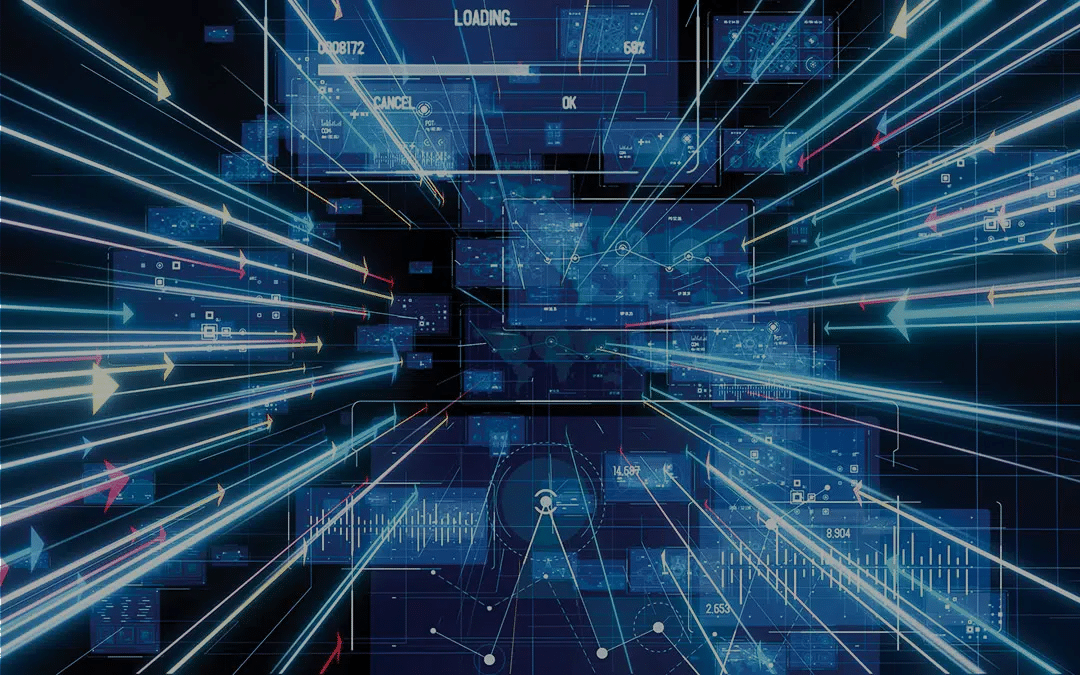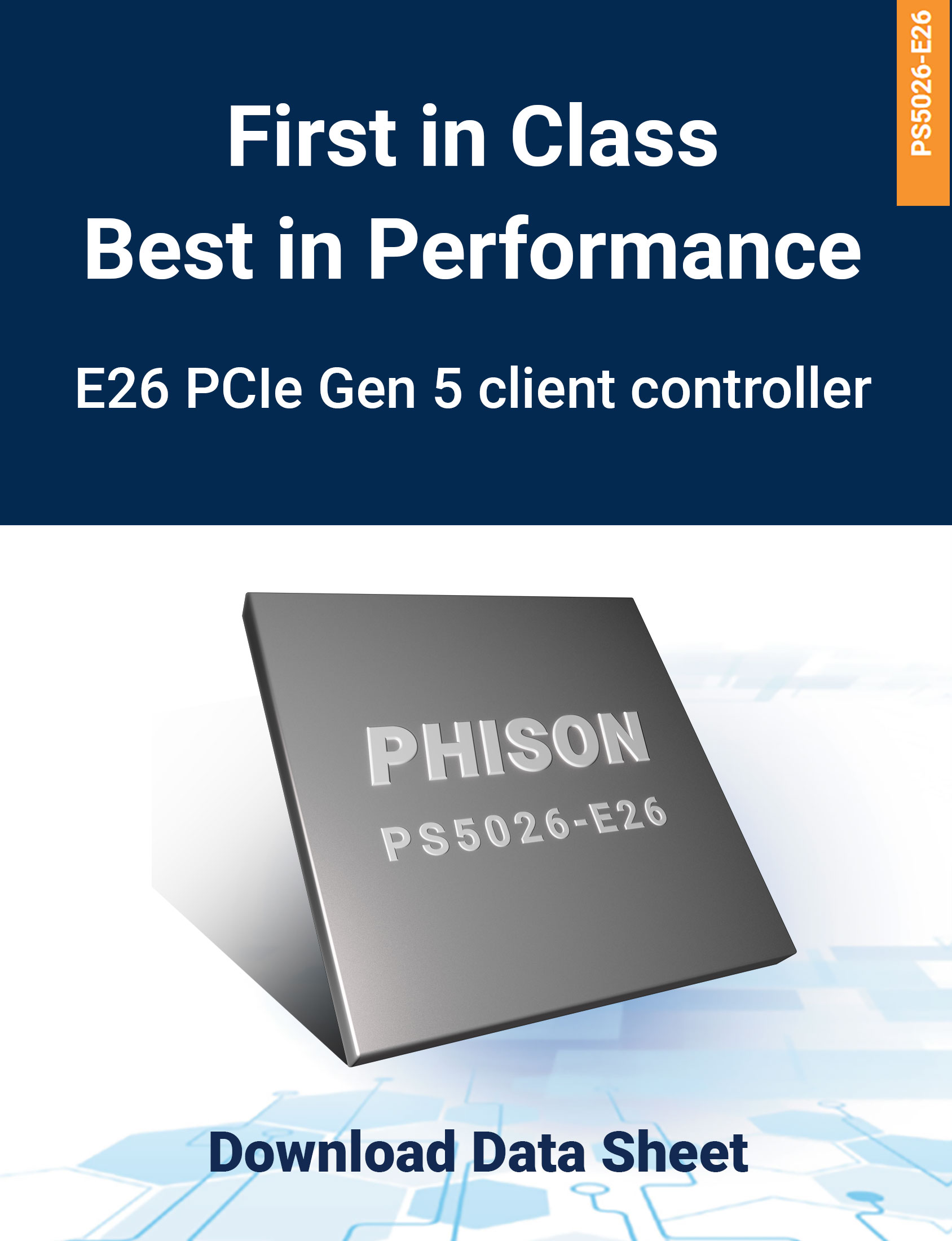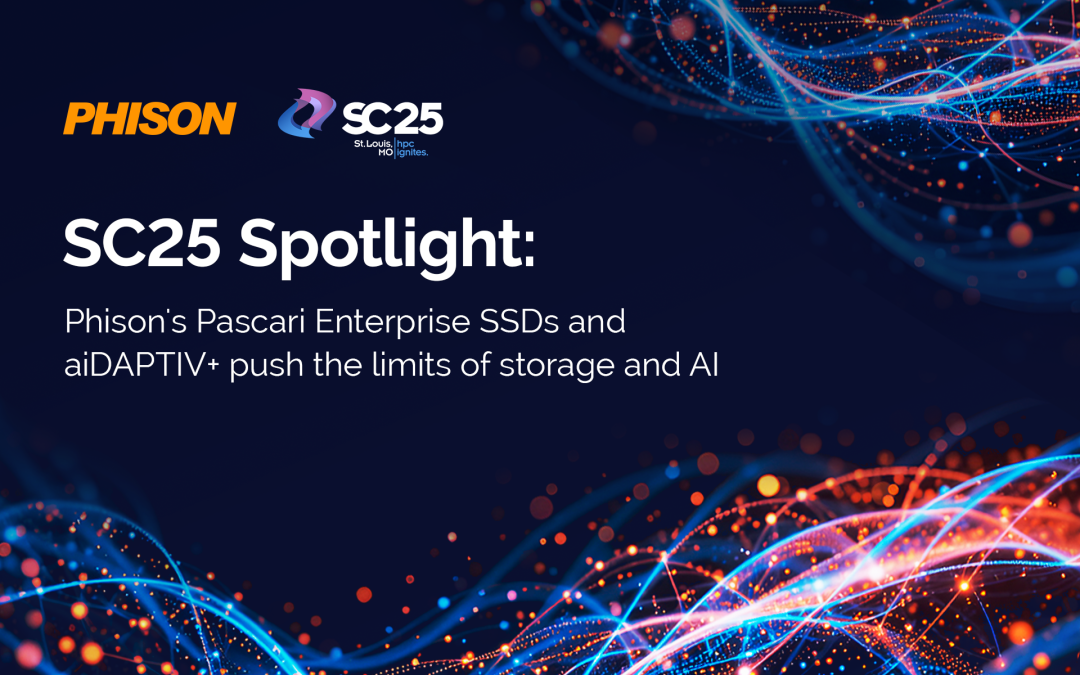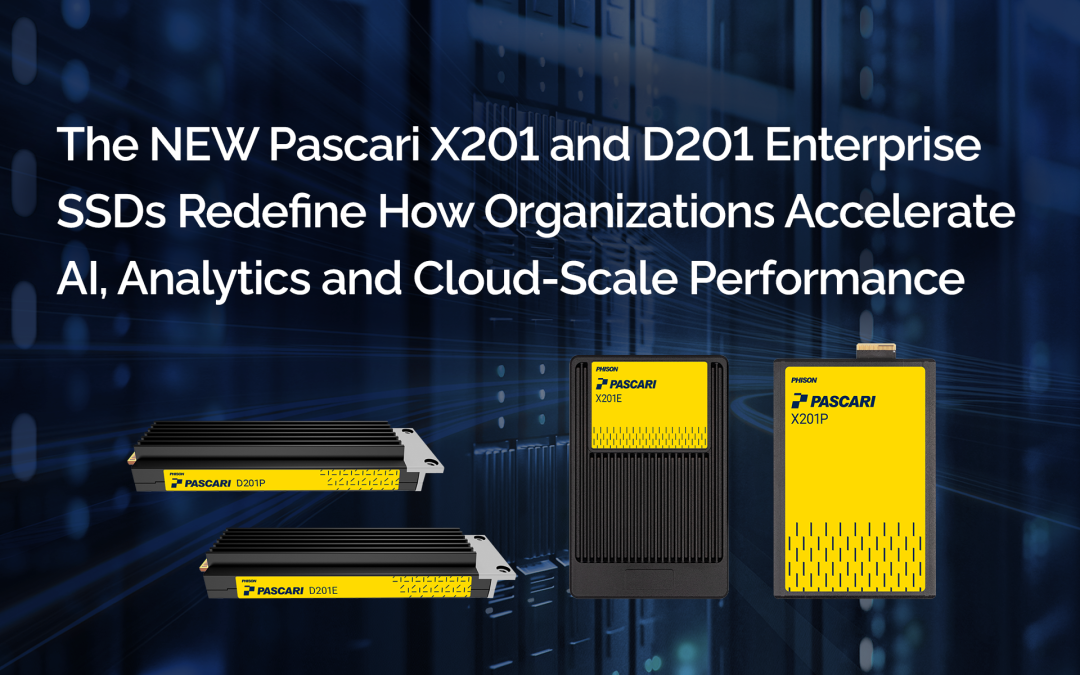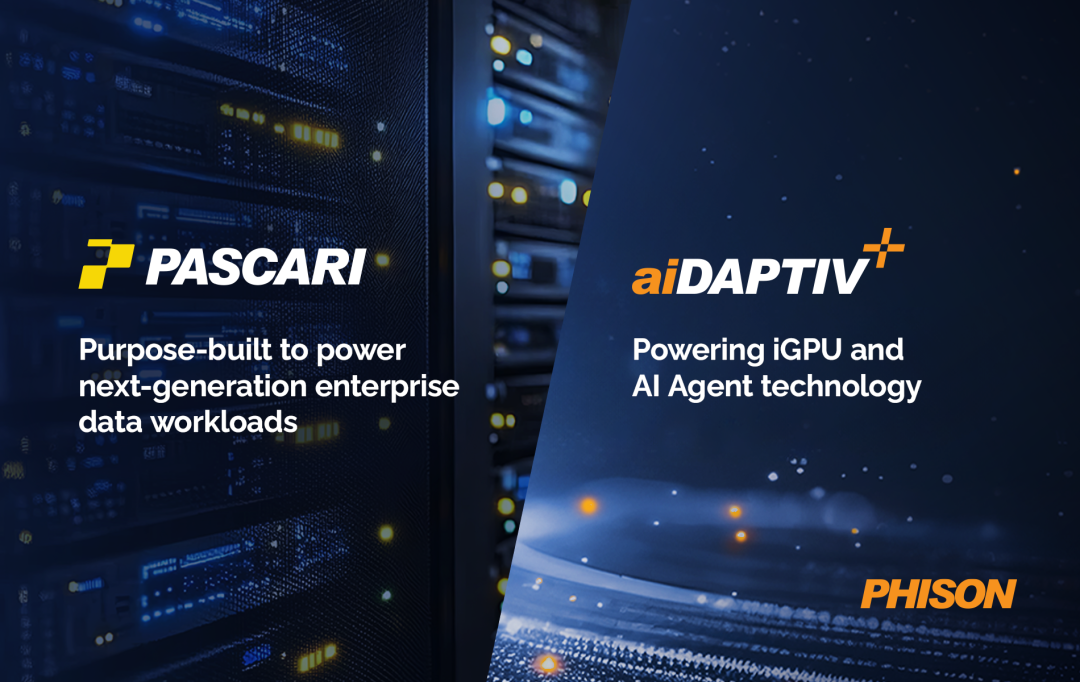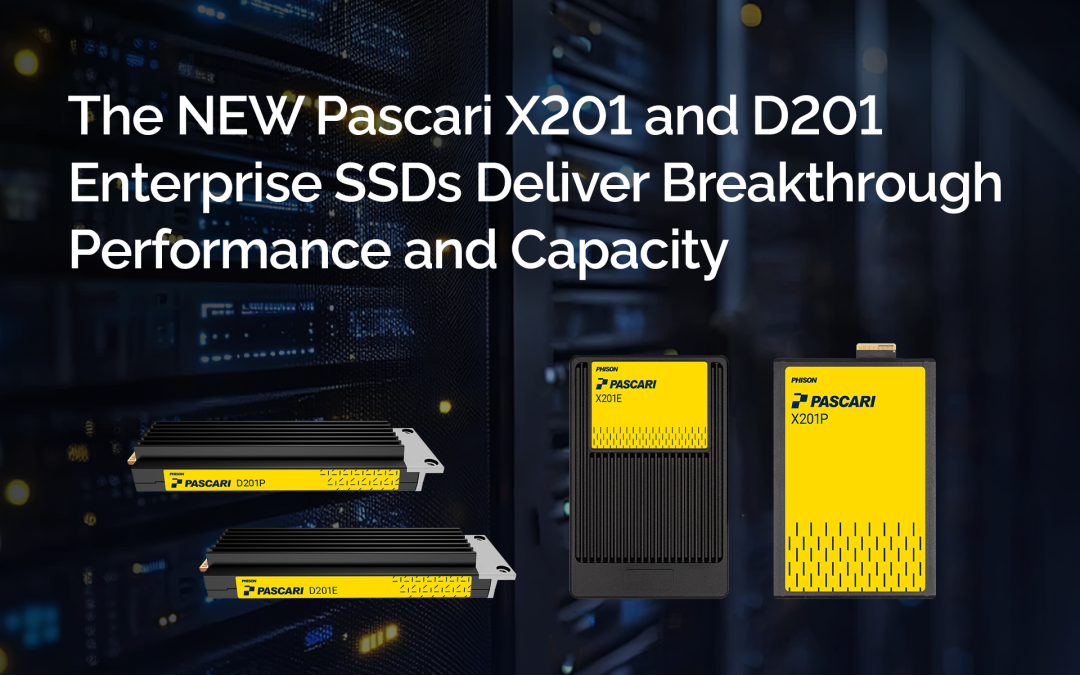While 5G and edge computing technologies aren’t new to enterprises, most organizations haven’t yet realized the full potential offered by either one. That’s because these technologies are still evolving as hardware and software manufacturers develop innovative products and solutions that will unleash and enable the true power of both 5G and edge computing. As the business world watches these developments, they’re beginning to see that the combination of 5G and edge computing could be a powerful game changer.
But first, some definitions – what are 5G and edge computing?
5G refers to the fifth generation of mobile networks. It offers much faster data speeds, super-low latency, better reliability, greater capacity and higher availability than previous generations (3G, 4G, etc.) The numbers are impressive: 5G delivers up to 100x the network speeds of 4G. The FCC reports that while it can take “almost six minutes to download a feature-length movie with 4G,” 5G will allow you to download that same movie “in as little as 15 seconds.”
Edge computing is a somewhat new alternative to traditional computing. If you had surveillance cameras to secure your organization’s headquarters, for instance, the cameras would traditionally be connected to your network and transmit all data captured on-site to a central server in a data center for processing and analysis. In some cases, that centralized system could be thousands of miles away. That long distance can create latencies and limit your ability to respond or react in real time to the footage captured by your cameras.
With edge computing, however, your camera system is still connected to your network, but the devices themselves have on-board computing, data storage and analysis capabilities. For instance, if a camera detects movement after hours, the computer inside the camera can analyze the images and determine whether to alert you about a possible intruder.
Processing the data at the location where it’s captured saves the time of sending the data back to central processing. That time saved might be measured in milliseconds, but milliseconds matter when a sensor goes off in your self-driving car, for instance, or a camera detects a critical error in your automated assembly line.
How 5G and edge computing combine into a single superpower
Together, 5G networking and edge computing can change the way some industries do business. Edge computing reduces latencies inherent in sending data back to a centralized processing server. Edge
computing on a 5G network simply makes the edge-located processing performance even faster, more reliable, with even lower latency.
The combined technologies give organizations the power to deliver rapid response experiences. Being able to process data closer to its source allows devices and sensors—and their systems—to be more responsive. It also requires much less bandwidth than traditional centralized systems.
As the world becomes more data-driven than ever before, the need for a bigger pipeline to process that data and use it quickly is skyrocketing. 5G and edge computing will be the technologies that transform industries in many ways, including:
-
-
- Autonomous vehicles
- Smart factories with extensive automation
- Internet of Things
- Remote surgery and medical examinations
- Emergency communications between first responders
- Augmented reality (AR), virtual reality (VR) and gaming
- Smart cities applications such as intelligent traffic lights or parking meters
- Smart energy grids that detect and respond to peak loads and more
-
Data storage needs for tomorrow’s 5G/edge revolution and beyond
Both 5G and edge computing can both require more data storage than ever before. An autonomous vehicle, for instance, could contain thousands of sensors and other devices to gather data and make decisions, and each one of those devices could need on-board storage.
Data storage solutions that support 5G networking and edge computing will need to provide:
-
-
- Ruggedness to stand up to a range of environmental conditions, including extreme temperatures, wind, rain, ice, dust, and more.
- Consistent performance to enable seamless, reliable streaming of vast quantities of data.
- Security features to protect against stolen or corrupted data, unexpected loss of power and malicious attacks
-
.
Phison delivers the storage support your advanced applications need
5G and edge computing are beginning to alter the way organizations store and manage data—and Phison can help you adopt these evolving technologies into your IT ecosystem. The company has more than two decades of experience designing and developing SSD and controller solutions that support the increased demands of 5G and edge computing.
Phison’s SSDs offer features that protect against power loss, protect data through self-encryption, increase drive endurance and reliability and meet stringent ISO and industry requirements for certification, including the automotive industry. Also available are rugged SSDs designed for harsh environments that keep your systems performing like they should wherever they’re used.
